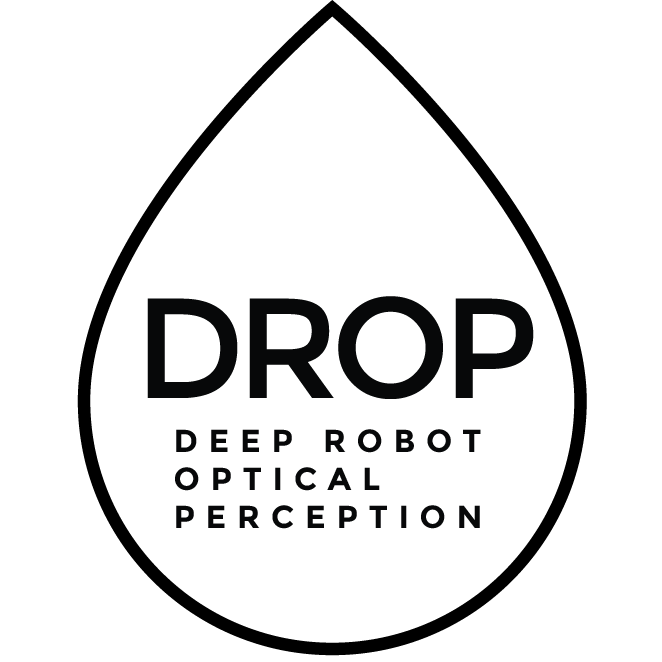AUV Environmental Monitoring
Work performed at the Australian Centre for Field Robotics
Prior to our research on large-scale underwater optical 3D mapping, most marine survey work relied on acoustic methods for mapping the benthos. This would often be combined with imagery collected by drop cameras or towed video but the registration between the underlying bathymetric models and the collected imagery was generally quite coarse. The acoustic models were also limited to resolutions on the order of 50cm^2. This project developed Autonomous Underwater Vehicle technologies that allowed for the novel production of large-scale high-resolution 3D benthic maps of the coral reefs. The use of vision-based Simultaneous Localization and Mapping (SLAM) and stereoscopic cameras reduced the cost of the platform over more traditional underwater technology. Based on this pioneering research our team has been performing regular coral reef monitoring, over the last 5 years, using Autonomous Underwater Vehicles. This work has led to our inclusion in Australia's Integrated Marine Observing System: a national program to perform ocean monitoring. The massive scale of our data has led to the application of non-parametric clustering and the automated classification of habitat type. These results have provided insight into the study of the habitats of sea urchins in Tasmania, brittle stars on the Great Barrier Reef, sponge gardens on the Ningaloo reef, relic reefs, bacterial mats and other sites.
Associated Publications:
- Monitoring of Benthic Reference Sites Using an Autonomous Underwater Vehicle, IEEE Robotics and Automation Magazine, 2012
- Generation and Visualization of Large-scale Three-dimensional Reconstructions from Underwater Robotic Surveys, Journal of Field Robotics, 2010
- AUV-assisted Surveying of Drowned Reefs on the Shelf Edge of the Great Barrier Reef, Australia, Journal of Field Robotics, 2010
- Simultaneous Localisation and Mapping and Dense Stereoscopic Seafloor Reconstruction Using an AUV, Experimental Robotics, 2009
